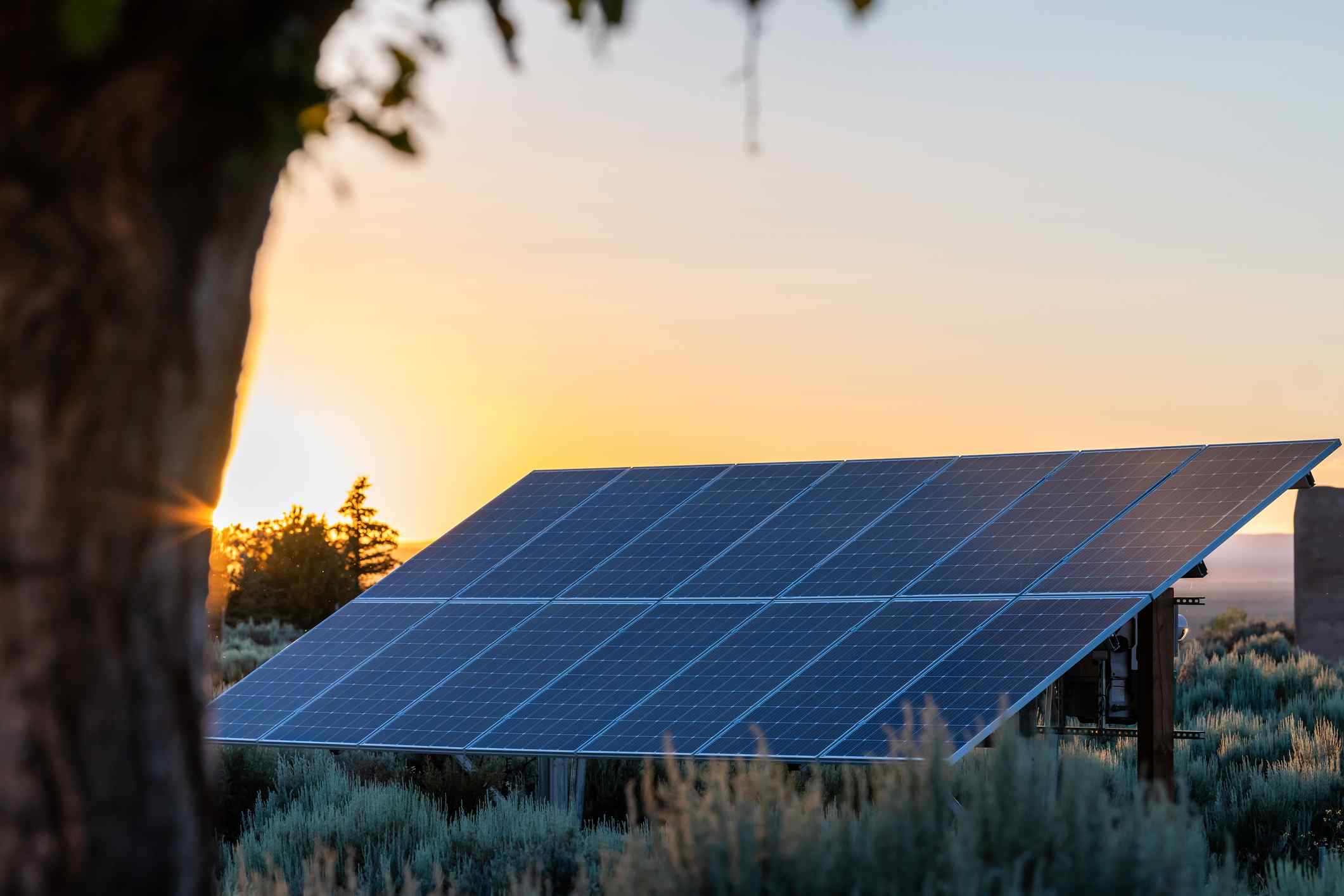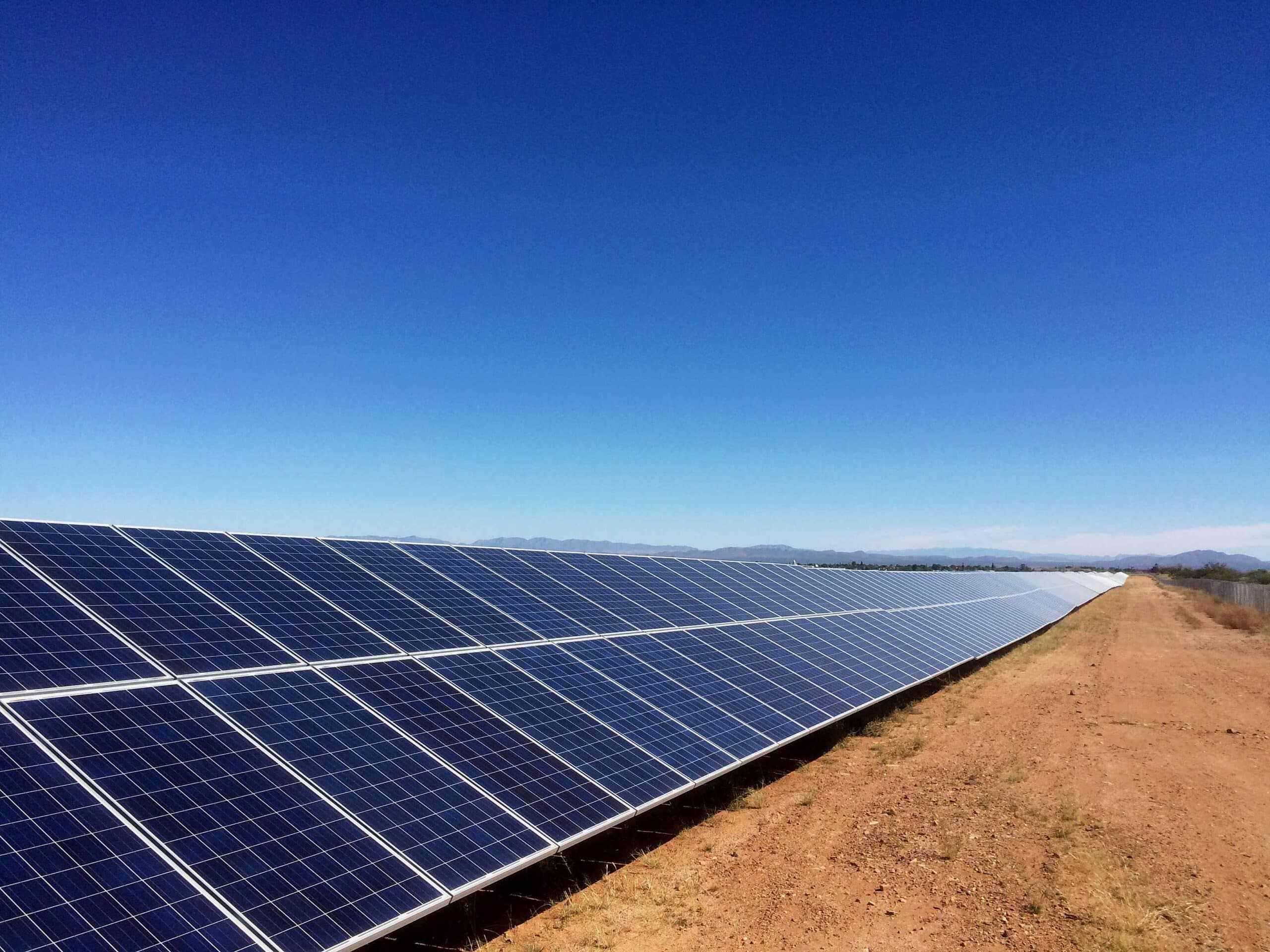POSTED
October 27, 2023
Solar Farm investment: How Much Is Required?
Our ambitious Shasta Power Fund investors often ask us, “How much do you actually need for a solar farm investment?” Many want to compare their options and see if they can build a farm instead of investing in other ways, like stocks or funds. If you’re looking into investing in a solar farm, you need […]

Our ambitious Shasta Power Fund investors often ask us, “How much do you actually need for a solar farm investment?” Many want to compare their options and see if they can build a farm instead of investing in other ways, like stocks or funds. If you’re looking into investing in a solar farm, you need to understand what it costs to develop—and how much investment is really required.
In this article, we dive into more about what a solar farm is, how it works, and how much of a solar farm investment it takes to start one.
What is a solar farm?
Also known as solar projects, power stations, or parks, farms are large tracts of land with solar panels mounted on the ground. Their photovoltaic panels harness the sun’s power and translate it into electricity at either a community-scale or utility-scale. Both are expensive to develop and require significant investment—and also provide a great return.
Most importantly, solar farms are a step toward a more sustainable energy future and have incredible long-term potential as an energy source.
What are the different types of solar farms?
There are two types of solar farms; the biggest difference is the energy scale they produce.
Community-scale farms
These farms serve a small, local group of members who pay for a share of the power. They typically have 100 kW–20 MW capacity.

Utility-scale solar farms
Utility-scale solar farms have a larger capacity, usually 20 MW–500 MW. These farms are connected to high-voltage transmission lines and sold into the wholesale energy market to bring power to regular utility customers.

How do solar farms work?
Solar farms are not a complicated concept. Groups of solar panels are mounted on horizontal poles on leased or purchased land. These poles allow the panels to rotate and follow the sun throughout the day. Semiconductors inside the panels activate to produce electricity as the sun hits the panels.
Hardware such as racking, cables, inverters, transformers, and a power line or substation deliver the power from the panels to the electric transmission grid so that people like us can use the power in their daily lives.
How much does it cost to build and run a solar farm?
There are four main costs to consider in a solar farm: acquiring the land, developing the land, managing and maintaining the farm, and the farm scale.
A community farm likely would require a total of $2.9M-$4.6M.
This includes:
- $50k–$1M to purchase the land, or
- $5k–$6,500 to lease the needed 0.5–120 acres
- $2–$5M for land development
- $60–$200k per year for 25 years of management and maintenance
A utility-scale farm likely would require 10-100x the funding of a community farm, for a total of $20M–$500M.
This includes:
- $1M–$20M to purchase the land, or
- $60k–$3M to lease the needed 120–3,000 acres
- $20M–$500M for land development
- $200k–$5M per year for 25 years of management and maintenance
As you can see, the totals are a huge range—from the maximum of $4.56M for five years of a community-scale solar farm to the maximum of $500M for five years of a utility-scale farm.
What is the ROI of a solar farm?
The five primary factors of location, land, infrastructure, contracts, and funding determine the return on a solar farm investment.
However, the average payback for solar farm investors is 5%–8%. For a community farm, this would pay $228k over five years. For a utility-scale farm, the ROI could be $10,250,000–$16,400,000 over five years.
How to make solar farm investment possible
As you can see, the ROI for a solar farm is astronomical—but so is the investment. For most investors, including most accredited investors, direct investment is not an option. It’s too expensive, and the risk outweighs the potential reward.
Don’t think that investing in a solar farm isn’t an option!
The Summit Power Fund by Shasta Power makes it possible for accredited investors to invest $50k+ and see a 30% rate of return.
Investing in a fund such as Shasta Power is the best hybrid investment—it makes it possible for you to invest directly in a solar farm without worrying about the high risk and upfront costs.






Danke für das Teilen! Ihre Perspektive ist aufschlussreich. Weitere Informationen zu diesem Thema finden Sie unter https://livepositively.com/die-zukunft-des-investierens-aktieninvestment-und-solarpark-investitionen. Lassen Sie uns das Gespräch am Laufen halten!
I am looking for investors to build a 200 acre solar farm on the land I own I have power station by property and transmission lines through my land anyone interested please email me